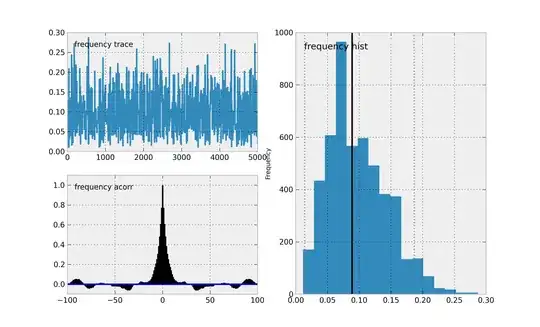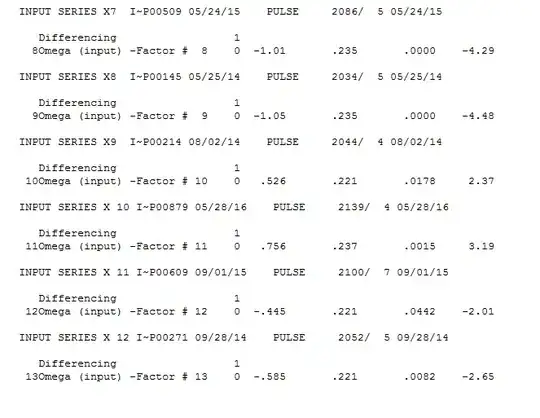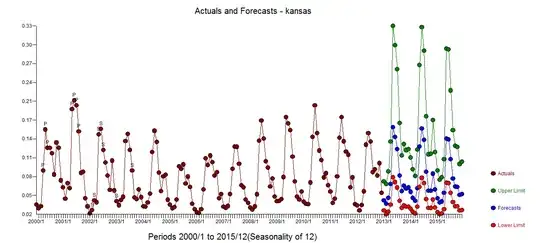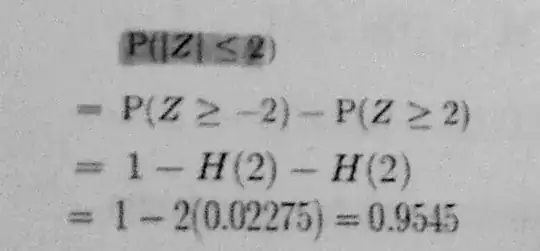I have a machine learning problem and have been working in Sklearn/Pandas with Python to come up with an accurate model. I find myself deep in a rabbit hole trying to learn the best approach and how many variables are too many variables while trying to avoid overfitting.
Each model is for a different area with the variables indicated below:
x = monthly precipitation departure (this can be used as overall monthly averages over an area, or can be broken down into sub-areas from the overall area of interest to add additional variables) For example Kansas Group 1 can be treated as a whole or could be separated into sub-areas with monthly averages for each area.
y = monthly availability of a resource (eg. Jan = 0.003827)
n = 16 years or 192 months of data
I have tried many different approaches.
The first approach was modeling each month separately so a model for January (n=16) and a model for February (n=16) etc. using the following modeling techniques:
- LinearRegression using my own assigned weighting variables as a
weighted running mean analysis
- RandomTrees with tuning variables
- RandomForest with tuning variables
- ExtraTrees with tuning variables
Then in order to try and improve the model, I most recently employed a time series model (n=192) - SARIMAX with tuning variables p,d,q,P,D,Q,12
Any advice or resources are greatly appreciated.





